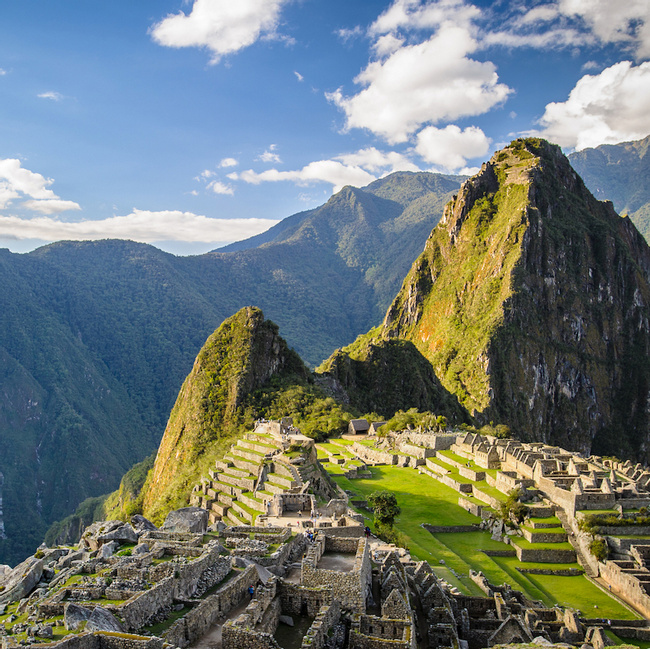Are there hurricanes or earthquakes in Peru?
Earthquakes are a fairly common occurence in Peru, especially in the area around Lima. That's because Peru is situated along the boundary between two tectonic plates. The boundary between the plates - which include the Nazca Plate and South American plate - is near the coast of Peru. The South American Plate is moving towards the Pacific Ocean over the Nazca Plate, and the pressure between these two plates is periodically released and an earthquake ensues.

Earthquakes are hard to predict, but Peru will probably continue to experience earthquakes in the future. If you're traveling in Peru during an earthquake, try to follow these basic guidelines:
Stay calm.
Don't use elevators and avoid using the stairs (stairs move differently from the rest of buildings and are therefore dangerous).
If you are indoors, drop to the ground and take cover under a table or other piece of furniture. Hold on until the shaking stops. Stay away from windows and anything that could fall on you.
If you are outside, move away from buildings, street lights, power lines, and anything that could fall on you. Walk to the closest safety areas. Safety areas are marked with signs that have a big "S" or a yellow circle on the street with the letter "S". These areas have been designated as safe.
If you're at the beach during an earthquake, immediately seek higher ground. A tsunami can sometimes follow an earthquake.
Hurricanes rarely hit Peru. That's because the waters off the coast of Peru are cooled by the cold waters of the Humboldt Current. Hurricanes tend to form in areas with warmer water.
Related Questions
See all questionsIt's more than just having a good time or visiting beautiful places (although that's absolutely a part of it!), it's about being part of a unique experience that stays with you.



